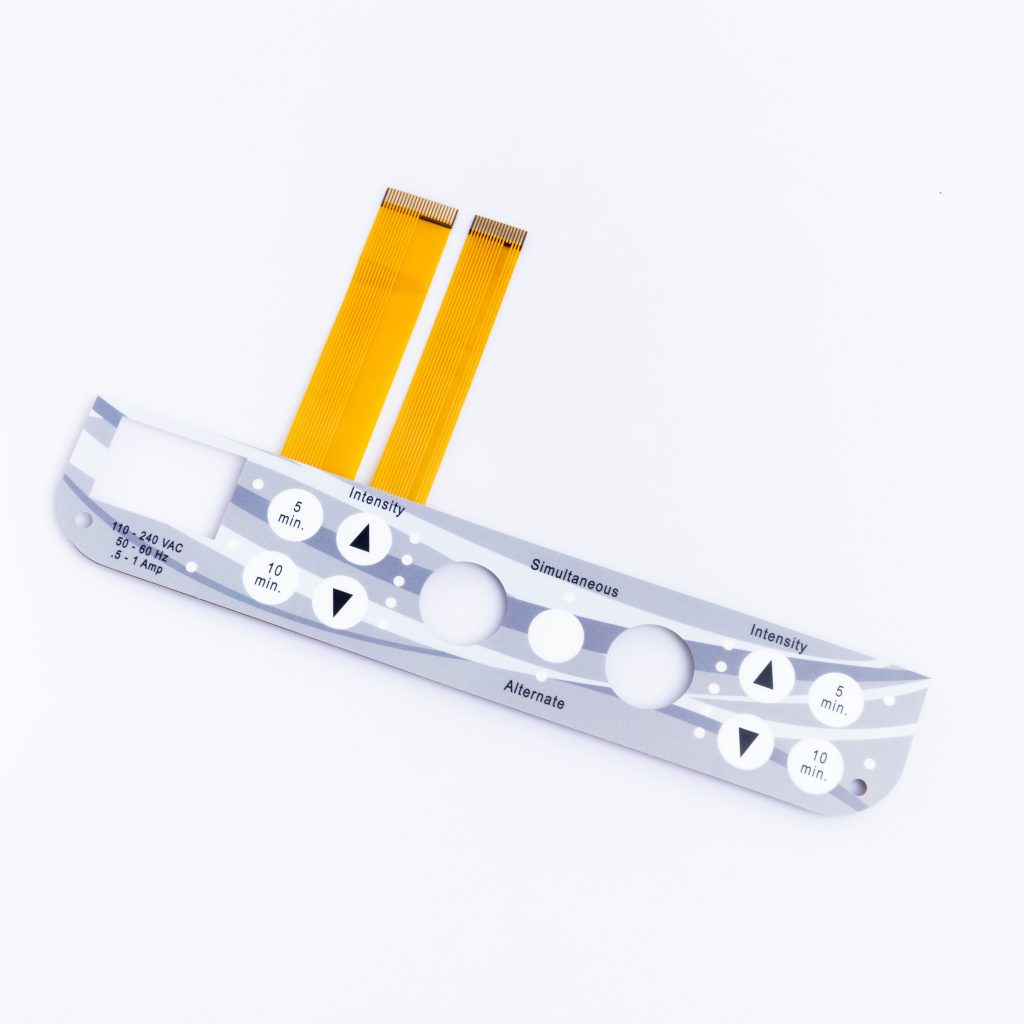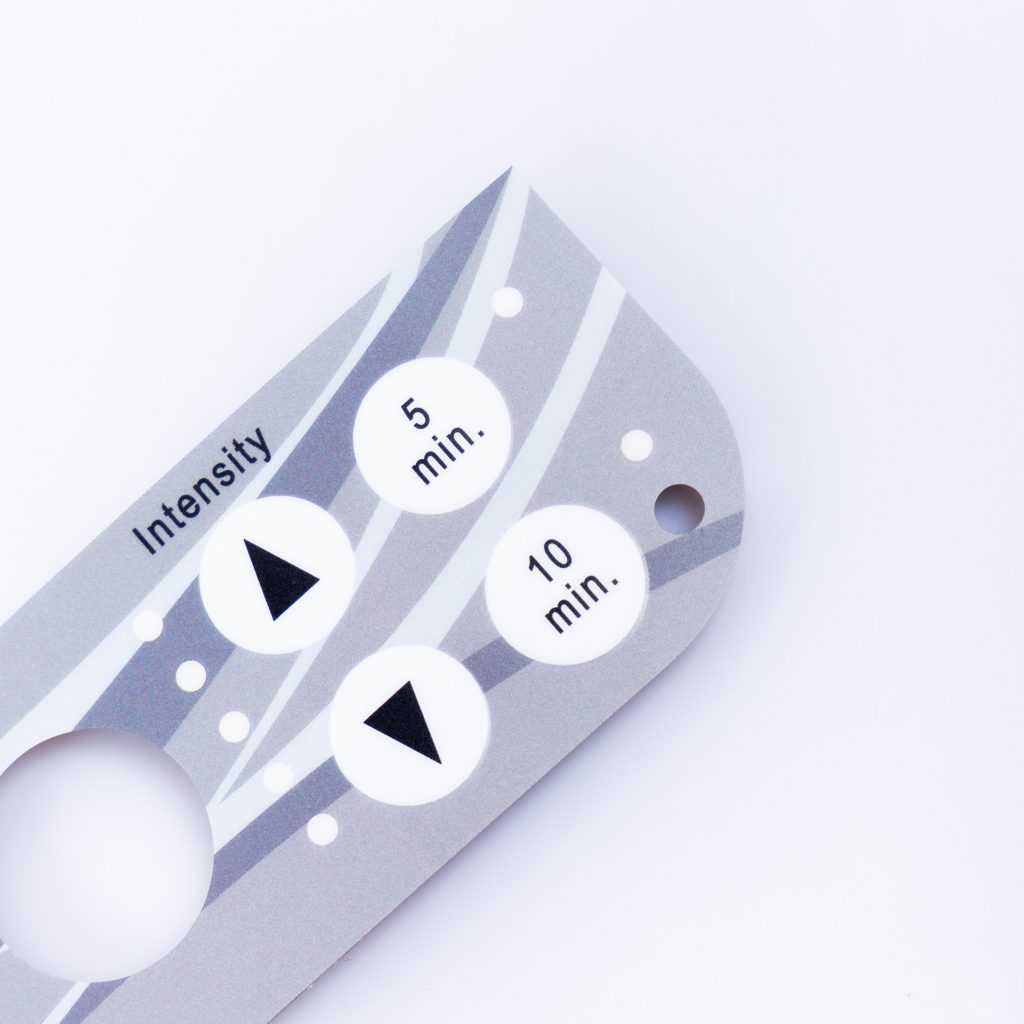Contact
Write to Us And We Would Be Happy to Advise You.
Do you have any questions, or would you like to speak directly with a representative?
By hqt
Cleanroom environments, as the name suggests, are designed to be, well, clean. These specialized rooms are essential in industries where even the slightest contamination can spell disaster, such as in pharmaceuticals or microelectronics. For such environments to maintain their sterility, continuous monitoring is critical.



What Are Membrane Switches?
A Brief Overview
Membrane switches are essentially a type of switch used to turn a circuit on or off. They are typically flat and consist of multiple layers that produce a tactile response when pressed.
Applications in Cleanrooms
In cleanrooms, these switches play a vital role, often being integrated into monitoring systems and devices. Their design ensures minimal crevices where contaminants might accumulate, making them ideal for such settings.
The Importance of Antibacterial Materials in Cleanroom Environments
Risk of Contamination
Imagine a speck of dust landing on a microchip during its production. It could render the chip useless. Similarly, bacterial contamination poses a significant threat. Membrane switches, being frequently touched, can become a hotspot for bacterial growth.
Ensuring Sterility
Antibacterial materials nip the problem in the bud by preventing bacterial growth from the get-go. When these materials are incorporated into membrane switches, they enhance the overall sterility of cleanrooms.
Benefits of Using Antibacterial Materials for Membrane Switches
Increased Durability
These materials, often embedded with silver ions, resist bacterial degradation. This means the switch lasts longer, saving costs in the long run.
Enhanced User Safety
Workers can confidently interact with these switches, knowing they won’t be transferring or receiving harmful bacteria.
Improved Cleanroom Standards
With antibacterial membrane switches, cleanrooms can uphold even higher cleanliness standards, further ensuring the quality and safety of products.
Comparing Antibacterial Materials to Traditional Materials
Traditional materials might offer durability, but they lack the inherent antibacterial properties. Over time, they can become breeding grounds for bacteria, jeopardizing cleanroom operations.
How Antibacterial Membrane Switches Work
The Role of Silver Ions
Silver ions, embedded in the materials, are lethal to bacteria. They disrupt bacterial cell functions, preventing them from growing and multiplying.
Case Study: Successful Implementation in Cleanrooms
A leading pharmaceutical company recently made the switch to antibacterial membrane switches. The results? A noticeable reduction in bacterial contamination incidents, leading to improved product quality and fewer recalls.
Future Prospects of Antibacterial Materials in Cleanroom Tech
As technology advances, we can expect even more efficient antibacterial materials, perhaps ones that can combat a broader range of contaminants, enhancing cleanroom safety and productivity.
Challenges and Considerations
While promising, the integration of antibacterial materials does come with challenges, including higher initial costs and the need for periodic assessments to ensure their efficacy.
Conclusion
Cleanroom environments are all about sterility and precision. Antibacterial materials in membrane switches are not just a luxury but a necessity. By integrating these materials, industries can ensure safer, more productive operations, truly maximizing the potential of their cleanrooms.
Do you have any questions, or would you like to speak directly with a representative?